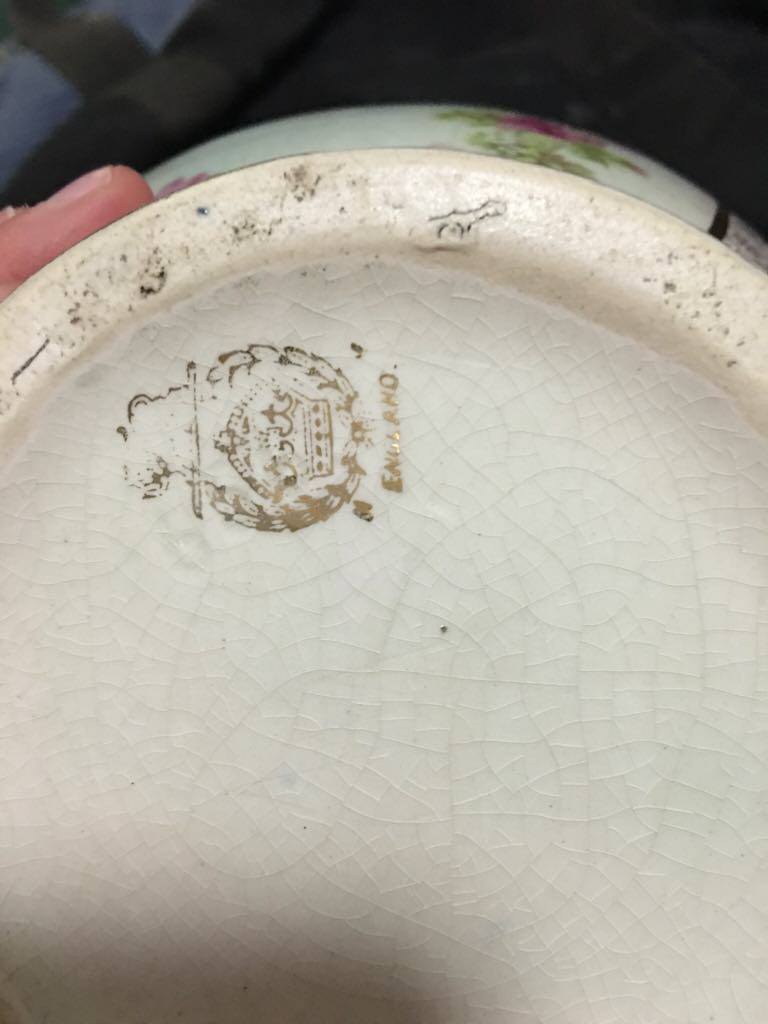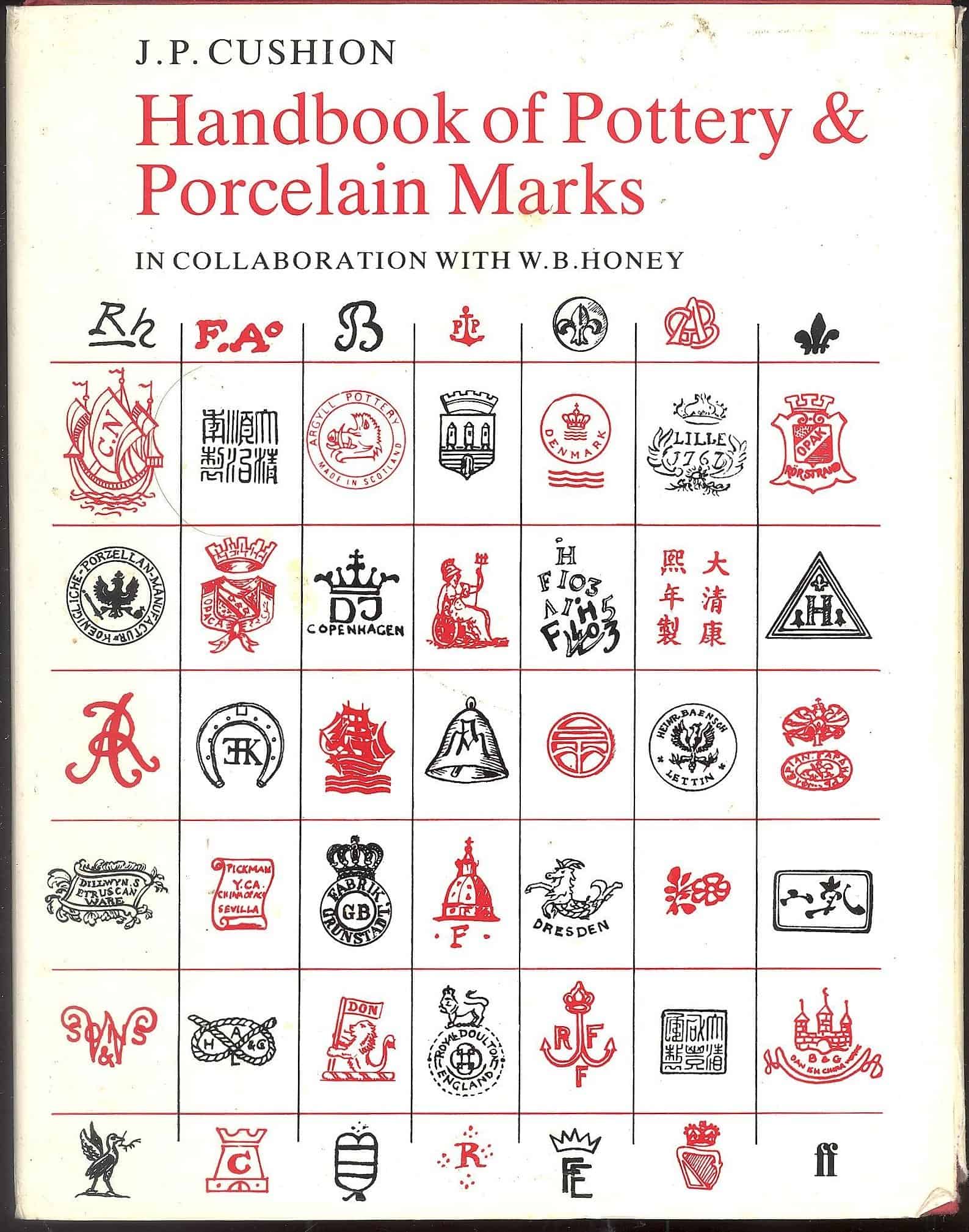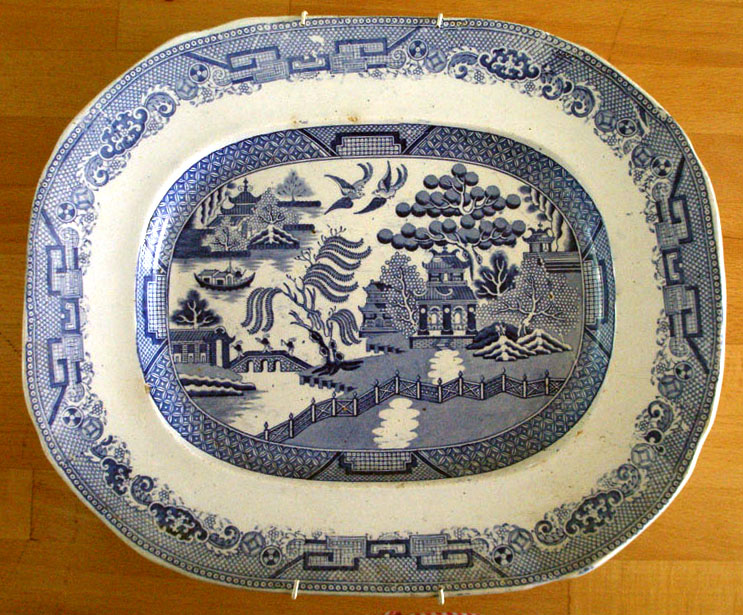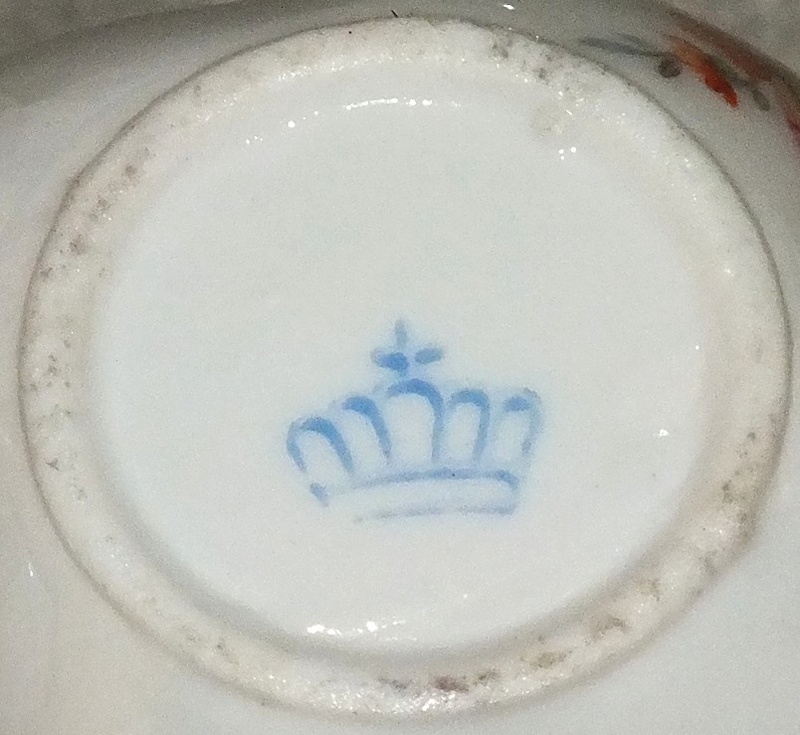
English Porcelain Mark Help My Antique Furniture Collection
Sold for $900 via Grogan & Company (October 2011). Chelsea was somewhat inconsistent in their use of marks, and different styles often overlapped, but the use of the small anchor allows for consistent identification. As a loose guide, there were four periods of Chelsea marks: 1. 1743 - 1749/50: The triangle period - an impressed triangle

Antique Porcelain Marks Identification
Welcome to The Marks Project, www.themarksproject.org, A Dictionary of American Ceramics, 1946-present. Our website includes marks (stamps, chops and/or signatures, etc.) usually found on the bottom of ceramic objects created by potters, ceramic artists and sculptors. We welcome your feedback on the website, its search functions, and appearance.

Antique Pottery Marks (Types & Identification Guides)
The Marks on Pottery and Porcelain are of three kinds—factory, workman, and pattern mark. Thefirst is usually placed in a prominent position, sometimes accompanied by the mark of the maker or decorator. Sévres Porcelain, for instance, often having four or five workmen's marks, besides that of the factory. The

Royal Crown Derby England Porcelain Mark, ca 1914 Trinket Box Cerámica, Porcelana, Loza
Repro mark dubbed 'FAC v3'. Stylized crown above pseudo-shield containing the letters 'FAC'. There are also two crossed swords marks that use the same letters. Crowned above a pseudo-shield containing the letters 'N.P.S.K.', all surrounded by 'DOW SIE COT URE'. Crowned shield surrounded by a laurel wreath, the shield contains the letters 'N.P.S.
Unknown mark on porcelain Antiques Board
The marks listed below are grouped as far as was possible in a logical order, with similar signs, graphics, shapes, etc grouped together. We have tried to include as many ceramics and pottery marks as possible, but also tried to avoid too much duplication.

VINTAGE SPAIN PORCELAIN Figurine Eagle Crown Mark Statue Etsy
Identification Help Antique Pottery & Porcelain Marks Identification Guide Every collector knows that the quickest way to identify a piece of pottery or porcelain is to identify the mark, but sometimes it's unreliable because marks are often forged and changed.

Porcelain Vases With Red Crown Markings Artifact Collectors
The Dresden decorators covered these porcelain marks with a gold glaze, and then applied their own above-glaze mark: usually a blue crown. Often times a piece of china will bear two marks in this way: one beneath the glaze, indicating the factory that produced the blank, and the second above the glaze indicating the decorator.

Пин от пользователя Toon Anton на доске earthenware ceramics porcelain Антиквариат, Фарфор
In 1842, England started to offer registration of its decorative designs for pottery, china, wood, paper, porcelain, and glass. I have added charts below to help you learn the method of how the British marked their wares. These charts can be useful in identifying your wonderful British antiques.
Art Pottery with Crown Mark Antiques Board
A brief look at Dresden Porcelain and the Dresden Crown mark. Dresden Porcelain is often confused with Meissen porcelain, but only because Meissen blanks were used initially. However, Dresden porcelain refers more to an artistic movement than a particular porcelain company
Green Crown Porcelain Mark Antiques Board
A Step by Step Guide on How to Identify Antique German Porcelain Marks. Step 1: Locate the Manufacturer's Mark. Step 2: Note the Glaze's Texture. Step 3: Note the Glaze's Color. Step 4: Note the Shape of Your Porcelain Piece. Step 5: Use Your Observations for Research. The Most Common Antique German Porcelain Marks. 1.

Marks and Backstamps Royal copenhagen porcelain, Royal copenhagen china
If the piece of pottery or porcelain you have has a mark on it, you can identify it in several ways. Slavid recommends that you head to the library and look for books on the mark. "But you do need to know the country of origin," he says. "A book on English china marks won't help you find anything about a German pottery mark."

Evolution of British Pottery Marks CU Conservation Cardiff University
Among the earliest porcelain factories were those established by decree in 1794 in Tettau, in Bavaria's Thuringia province. "Tettau" is a word you will find in the crests used to identify Royal Bavarian china.Another common crest name is "Nymphenburg."Porzellan Manufaktur Nymphenburg, under the patronage of the Bavarian crown, began hard-firing its "white gold" china in 1747, and marking it.

18th Century Figurines Capodimonte and the Crown N Mark American Duchess
Crown marks, typically found on the bottom of fine china items, are clues that help you determine the age and the manufacturer of each piece, as well as its country of origin. Compare the crown shape and any words that go along with it to images on china resource websites to figure out exactly what you have. Centuries Worth of Crown Markings

Impressed crown mark
Marks featuring a Crown with the word. CORONA. on its own, underneath are NOT made by Sampson Hancock and Sons - they are either Gater, Hall and Company (1914 - 1943) or by Barratts of Staffordshire (who took over Gater Hall in 1943). From 1943 on they also used a mark incorporating the words. CROWN CORONA Corona Ware 1912 until 1937 [LG]

Dresden style quatrefoil cups and saucers who made them? Blue crown mark
Porcelain marks symbols. There is a long tradition of porcelain marks, and it is common that symbols are used, such as a crown or swords. Precisely because of the porcelain brand symbols, it is difficult to know the manufacturer of the porcelain piece without knowing from whom the symbol comes, unless there is still a text next to, below, above or in the symbol, which suggests the manufacturer.

China Mark Identification My Antique Furniture Collection
In addition to being stamped with variations of the crown and Neopolitan N mark, along with made in Italy and the name Capodimonte, a number of companies used sticker labels to mark pieces made throughout the 20th century. When these are still in place, it makes identifying and dating pieces much easier. Of course, these were easily removed or.